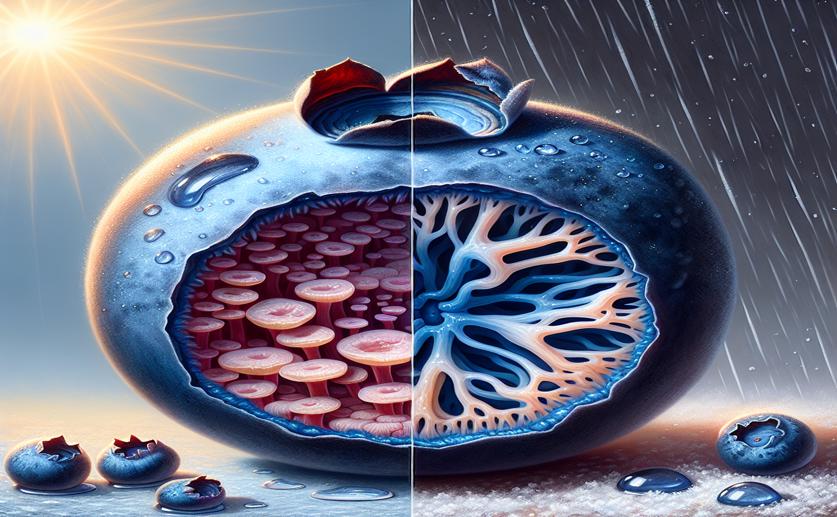
How Weather Affects the Fungi Living Inside Wild Blueberries
Phil Stevens
24th January, 2024

Image Source: Natural Science News, 2024
EnvironmentEcologyPlant Science
References
Main Study
1) Weather in two climatic regions shapes the diversity and drives the structure of fungal endophytic community of bilberry (Vaccinium myrtillus L.) fruit.
Published 22nd January, 2024
https://doi.org/10.1186/s40793-024-00551-y



 21st January, 2024 | Greg Howard
21st January, 2024 | Greg Howard